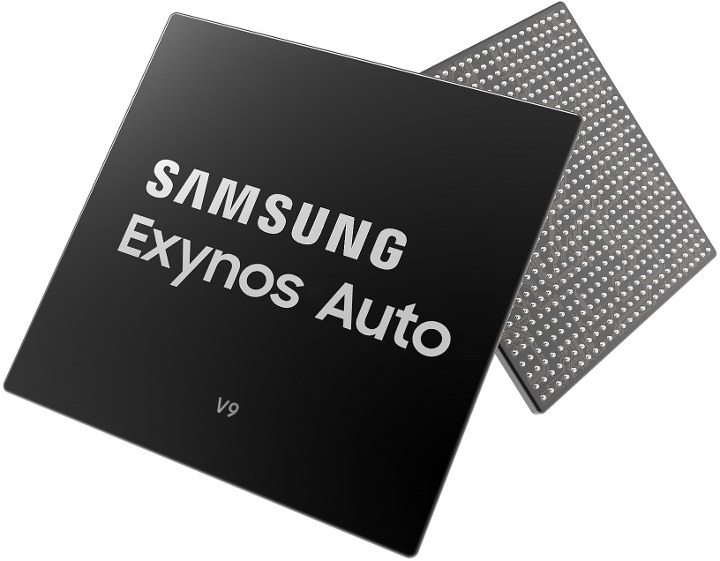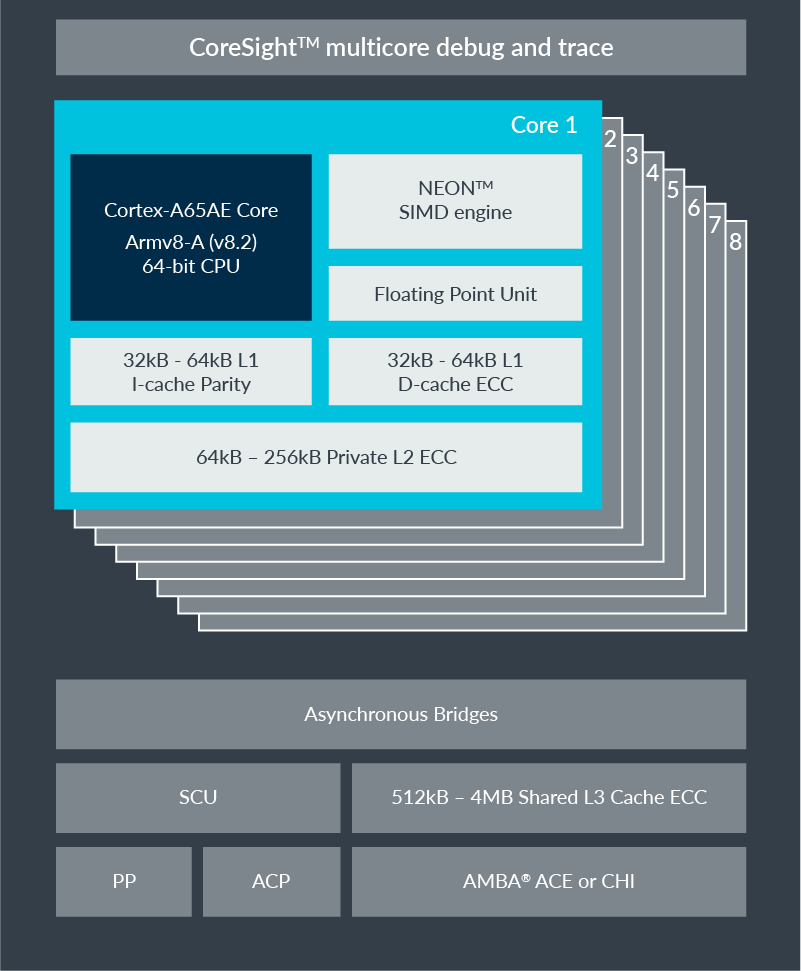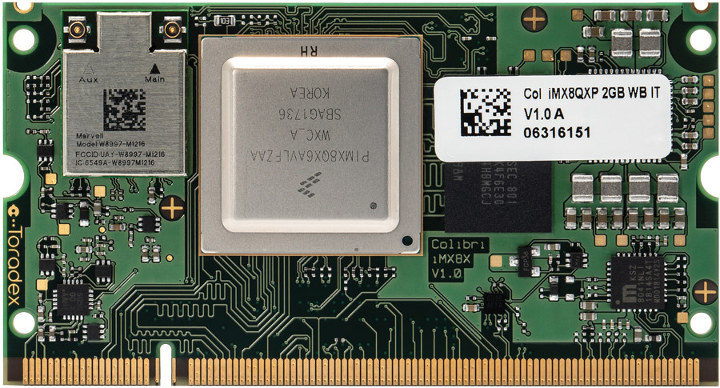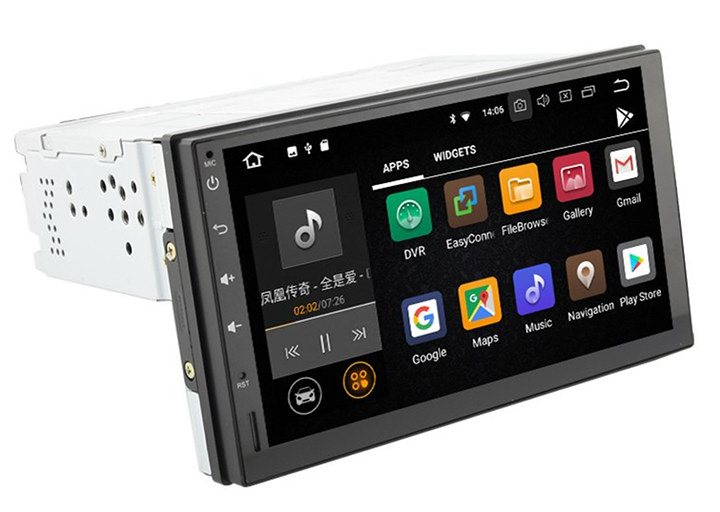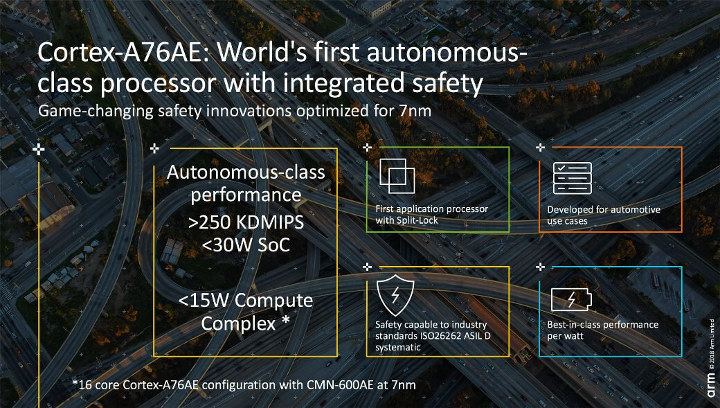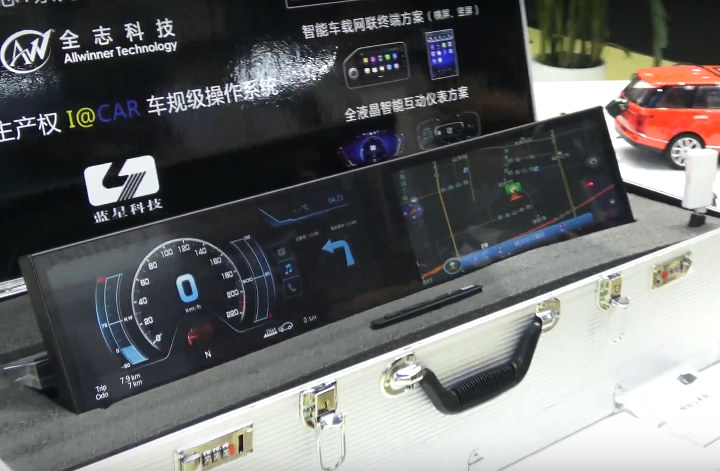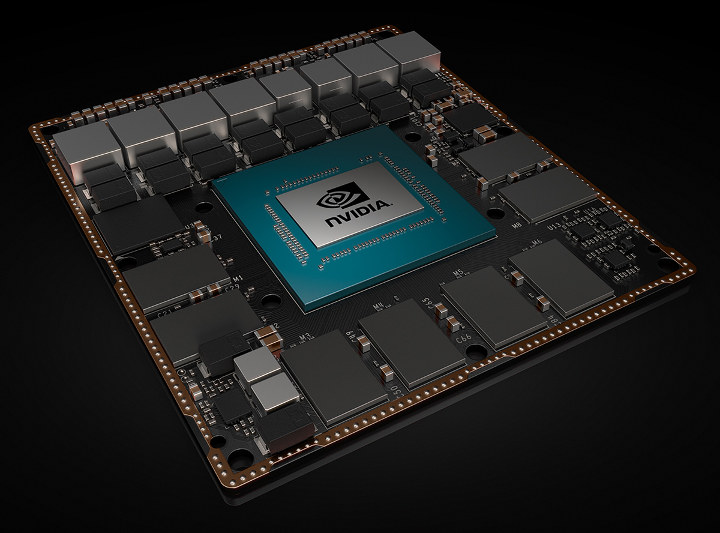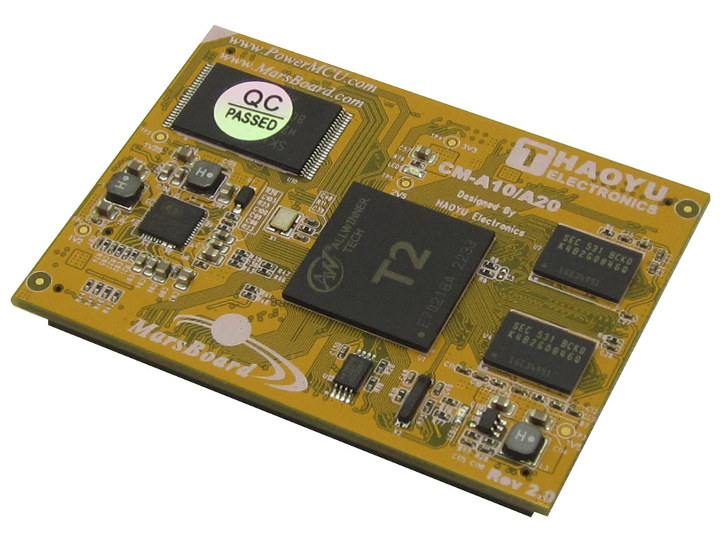Samsung Exynos processors are well known for their use in mobile processor, but the company has now announced their first automotive grade processor with Exynos Auto V9 SoC featuring eight Cortex A76 cores clocked at up to 2.1 GHz, a Mali G76 GPU, a HiFi 4 audio digital signal processor (DSP), an intelligent neural processing unit (NPU), and a safety island core that supports Automotive Safety Integrity Level (ASIL)-B standards. Exynos Auto V9 does not come with the latest Cortex-A76AE cores for autonomous driving, as instead the processor is specifically designed for in-vehicle infotainment (IVI) systems, and will be found in Audi cars starting in 2021. The processor also supports LPDDR4 and LPDDR5 DRAM, can control up to six independent displays and twelve cameras. Three separate sets of Mali G76 GPU cores will enable simultaneous support for the cluster display, central information display (CID) and rear-seat entertainment (RSE). The NPU […]
Arm Cortex-A65AE Targets Safety-Critical Automotive, Aviation, and Industrial Automation Applications
Arm introduced their first “Automotive Enhanced” processor with Cortex-A76AE last September. The processor targets autonomous driving applications, and comes with extra safety features such Dual Core Lock-Step (DCLS) running the same code on two different cores to continuously check the execution result is the same on both. The company has now unveiled a second AE core with Cortex-A65AE, which Arm claims is the first multithreaded Automotive Enhanced Cortex-A CPU technology to deliver the highest safety levels with Dual Core Lock-Step (DCLS). Arm Cortex-A65AE specifications: Architecture – Armv8-A (Harvard) Extensions – Armv8.1, Armv8.2, Cryptography, RAS, and Armv8.3 (LDAPR instructions only) ISA support – A64 Microarchitecture Out-of-order Pipeline Superscalar NEON/Floating Point Unit Optional Cryptography Unit Max number of CPUs in cluster – Eight Physical Addressing (PA) – 44-bit Dual Core Lock-Step Memory system and external interfaces L1 I-Cache / D-Cache – 16KB to 64KB L2 Cache – 64KB to 256KB L3 Cache […]
Toradex Colibri iMX8X SoM Features NXP i.MX 8X Dual / Quad Arm Cortex-A35 Processor
Designed for infotainment and dashboard in automotive applications, industrial control, robotics, healthcare, mobile payments, handheld devices, and more, NXP i.MX 8X Arm Cortex-A35 processor was first spotted in 2016, before being formally announced in March 2017. But it took quite longer to see actual products launched, and several vendors announced i.MX 8X modules in the last week while NXP also released documentation. One of them is Toradex with their Colibri iMX8X system-on-module with up to 2GB LPDDR4 memory, 8GB flash, a built-in 802.11ac 2×2 MIMO WiFi + Bluetooth 5 module, dual channel LVDS, MIPI DSI display interface, a quad-lane MIPI CSI-2 camera interface, etc… Toradex Colibri iMX8X specifications: SoC (one of the following options) NXP i.MX 8QuadXPlus quad core Cortex-A35 processor @ up to 1.2GHz, Arm Cortex-M4 MCU @ up to 266MHz, HiFi4 DSP, Vivante GC7000Lite performance optimized GPU, 4K video support NXP i.MX 8DualXPlus dual core Cortex-A35 processor @ […]
Rockchip PX30 Processor Powers Android 8.1 Car Infotainment Systems
Rockchip RK3326 and RK3308 are the first Arm Cortex A35 processors from the company, and are designed for smart AI solutions such as smart speakers and smart displays. It turns out RK3326 processor has a sibling called Rockchip PX30 with most of the same features, but with dual VOP (Video Output Processor) support to handle up to two independent displays, as well as an Ethernet MAC and a USB host block. Rockchip RK30 key features and specifications: CPU – Quad-core Arm Cortex-A35 GPU – Mali-G31 MP2 GPU Memory I/F – DDR4/DDR3/DDR3L/LPDDR3/LPDDR2 Storage I/F – MLC NAND, eMMC 4.51, Serial Nor FLASH Video 1080p H.265/H.264/VC-1/MPEG/VP8 video decoder 1080p H.264/VP8 video encoder Display Interfaces – MIPI-DSI/LVDS/RGB interface, dual VOP Audio I/F – 1x8ch I2S/TDM, 1x8ch PDM, 2x2ch I2S Camera I/F – MIPI CSI and DVP; built-in 8MP ISP Networking – 10/100M Ethernet Other Peripherals – SDIO3.0, USB2.0 HOST & OTG, 4x I2C, […]
Arm Cortex-A76AE Processor is Designed for Autonomous Driving Applications
Arm Cortex A76 processor core was first unveiled in June of this year, and very recently Hisilicon – part of Huawei – introduced Kirin 980 processor with four Cortex A76 cores, four Cortex A55 cores. Arm has now unveiled another variant of Cortex-A76 core. Cortex-A76AE (Automotive Enhanced) is designed for automotive application, and specifically autonomous driving applications, thanks to extra safety features such as Split-Lock capability which includes the ability for Dual Core Lock-Step (DCLS). The latter means that two processors are running the same code at the same time, and the instructions is only validated is the results are identical on both processors. Microarchitectural highlights of Cortex-A76AE for safety: Dual Core Lock-Step (DCLS) – The Cortex-A76AE is capable of running in Dual Core Lock-Step (DCLS), and hence is able to contribute towards a system’s ASIL D hardware diagnostic coverage requirements. Memory protection – The Cortex-A76AE supports Single Error Correction, […]
Allwinner T7 Automotive SoC Complies with AEC-Q100 Grade 3 Specifications
Allwinner T-series processors such as Allwinner T2 are designed for the transportation / automotive market for products like smart rear-view mirrors, infotainment systems, and navigation systems. While the company’s offered wide-temperature range support, AFAIK they did not have a part that had an actual automotive certification so far. This changes with their Allwinner T7 processor which is said to be the first Chinese processor achieving AEC-Q100 Grade 3 qualification. AEC-Q100 is a “failure mechanism based stress test qualification for integrated circuits” brought out by the Automotive Electronics Council. The chip must pass various tests within their specified temperature range (grade): Grade 0: -40°C to +150°C ambient operating temperature range Grade 1: -40°C to +125°C ambient operating temperature range Grade 2: -40°C to +105°C ambient operating temperature range Grade 3: -40°C to +85°C ambient operating temperature range Grade 4: 0°C to +70°C ambient operating temperature range Allwinner T7 comes with an […]
NVIDIA Introduces Jetson Xavier Devkit and Isaac Robotics Software
NVIDIA Xavier was first unveiled in September 2016 as an artificial intelligence SoC with eight NVIDIA Custom 64-bit Arm cores, a 512-core Volta GPU, 8K video encoding and decoding, and a computer vision accelerator (CVA) now called NVDLA (NVIDIA Deep Learning Accelerator). Earlier this year, the company announced Xavier was sampling, and DRIVE IX & DRIVE AR SDKs for the automotive market. On the eve of Computer 2018, NVIDIA has introduced Jetson Xavier development kit, as well as Isaac robotics software for autonomous machines. Jetson Xavier key specifications: SoC – NVIDIA Xavier with 8-core ARMv8.2 64-bit CPU, 8MB L2 + 4MB L3 512-core Volta GPU with Tensor Cores 2x NVDLA engines for deep learning 7-way VLIW Processor for vision acceleration VPU with dual 4Kp60 video decoding and encoding System Memory – 16GB 256-bit LPDDR4x | 137 GB/s Storage – 32GB eMMC 5.1 flash Display – 3x eDP/DP/HDMI at 4Kp60 | […]
Allwinner T2 is a Rebranded Allwinner A20 Processor Operating in Industrial Temperature Range
Last month, Allwinner unveiled A40 and A60 industrial and military grade processors leveraging IP blocks from the old-but-popular Allwinner A20 dual core processor. This is good news for software support, as A40 and A60 should hopefully become supported in U-boot and the Linux kernel without too many efforts, as well as for companies or makers requiring wider temperature ranges in their products. However, those new processors were not pin-to-pin compatible with Allwinner A20, so a PCB redesign would be required. That’s where Allwinner T2 comes into play, as reported by Olimex, it is a rebranded Allwinner A20 dual core Cortex A7 processor with an industrial temperature range (-40 to +85 °C) that makes it suitable for automotive infotainment. I actually covered Allwinner T2 back in 2015, but at the time Allwinner did not mention anything about temperature range, and SATA support – found in A20 – was not shows in […]


